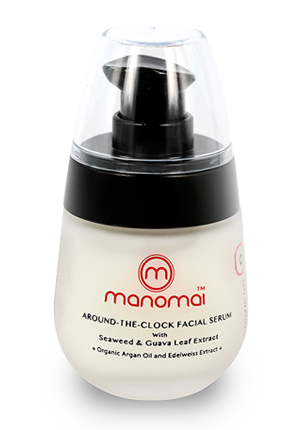New colour test could enable HIV diagnosis

UK researchers have developed a method for testing for the HIV virus which is expected to cost ten times less than current techniques, as well as being ten times more sensitive, say scientists.
The generic test uses nanotechnology, and can be configured to test for numerous different diseases – in this case the process can test for one of the proteins found in HIV.
The new test will work by testing for the presence of the protein p24 in serum, a watery liquid found in blood samples. The liquid will turn red if positive for the protein, and blue if not.
One of the major benefits of testing in such a way is that the test can detect the presence of p24 long before other methods – such as the testing of saliva – which can only detect the virus when it reaches high levels of concentration in the bloodstream. This will allow for more effective and immediate treatment of the infection.
Professor Molly Stevens, who led the research at Imperial College London, said: “Our approach affords for improved sensitivity, does not require sophisticated instrumentation and it is ten times cheaper. We would be able to detect infection even in those cases where … the viral load was too low to be detected.”
The fact that the methods of testing are so much cheaper than previous practices will be hugely beneficial in countries where the cost of testing is a major barrier to treatment, researchers went on to say.
Dr Roberto de la Rica said: “This test could be significantly cheaper to administer, which could pave the way for more widespread use of HIV testing in poorer parts of the world.”
Abbie Cavendish
























Facebook
Twitter
Instagram
YouTube
RSS